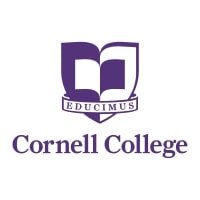By watching today’s video, the one part is what
is SQL. Professor Widom provides some basic definitions. To begin with, it
supports all major commercial database systems. What’s more, it interacts via
GUI or prompts, or embedded in programs. Also, SQL is a declarative language
and bases on relational algebra. Furthermore, it also has two kinds of
language. The first one is data definition language (DDL) that has some
functions such as creating a table, dropping table something like that. The
second one is data manipulation language that also has some relatively
important functions that are the select statement, insert statement, delete
statement, and update statement and so on. Professor Widom also introduces the
basic select statement that includes three sentences. The first sentence is
FROM statement that represents the relations. The second sentence is the WHERE
statement that shows the combined filter or filtering condition. The third
sentence is the SELECT statement that comes up with what to return. These three
sentences are the same as relational algebra that showed in yesterday's video
by prof Widom. The second video is the example of a basic select. Professor
provides several different examples. The first example is that the system
should form a new table that should provide the student ID, Student Name, and
GPA. The condition of this problem is that the table should be selected from
the Student table and the second condition is GPA should be greater than 3.6.
By using this description, the system will give a completely new form.
Moreover, the WHERE sentence or statement also can add some extra conditions as
well. Also, the table variable and set operator introduce in the third video of
all videos. The FORM line is table variables. The WHERE line is set operators
that are union, intersect, and except. Also, the examples of this part are
important for people to understand too. For instance, two SELECT lines can be
added by the Union operator. To be specific, SELECT Cname from College union
SELECT Sname from Student something like that. Finally, by watching today’s
video, the professor explains what is SQL, the basic select, and table
variables and set operators.
